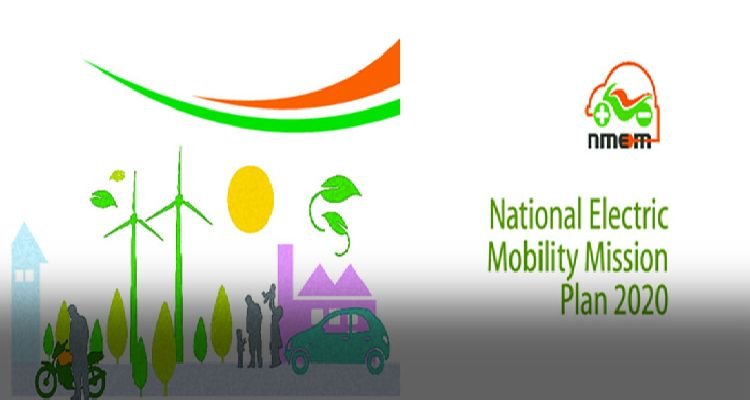Just imagine, you are in an Indian market to buy a scooter and you have the option of buying either –
- Ather 450 Electric : for Rs 1.24L or a regular
- Honda Activa 5G : for Rs 75000/-
So which scooter will you buy?
The Ather 450 with a realistic around 100kms range or a market leading highly reliable petrol scooter at much less price and unlimited range.
There are no prizes for guessing which type of car or scooter a customer will buy.
Even if we consider vehicles with good range and performance, these are out of reach of any average customer.
- How many Hyundai Kona with 452 Kms range, have been sold in India at a price tag of Rs 28L, only 120 units in July 2019.
- The much expensive Toyota Fortuner sold 1187 units in the same period.
This is the ground reality. Electric vehicles are expensive to manufacture and do not have the same performance to price ratio as of IC engine vehicles under present technological scenario.
The EV mobility at present faces many challenges like-
- batteries having comparatively low energy density
- serious bottlenecks in production with scarcity of raw materials like cobalt around the world.
- considerable lack of charging infrastructure let alone quick charging ones.
Batteries form a major factor in vehicle pricing. An average lithium ion battery pack can cost up to 50 percent of the total cost of the car.
After a sharp criticism of governments Electric Vehicle Policy, both by industry and media the aim for achieving EV mobility has been revised.
Government finally woke up and has set a realistic goal of 30% electric vehicles by 2030 from existing 100% target.
And it is not that the government officials are oblivious of the shortcomings, when given fully electric official vehicle, even they refused to use the same cars they are expecting the general public to buy.
Reference- Money Control, Financial Express, Love Singh on Quora






